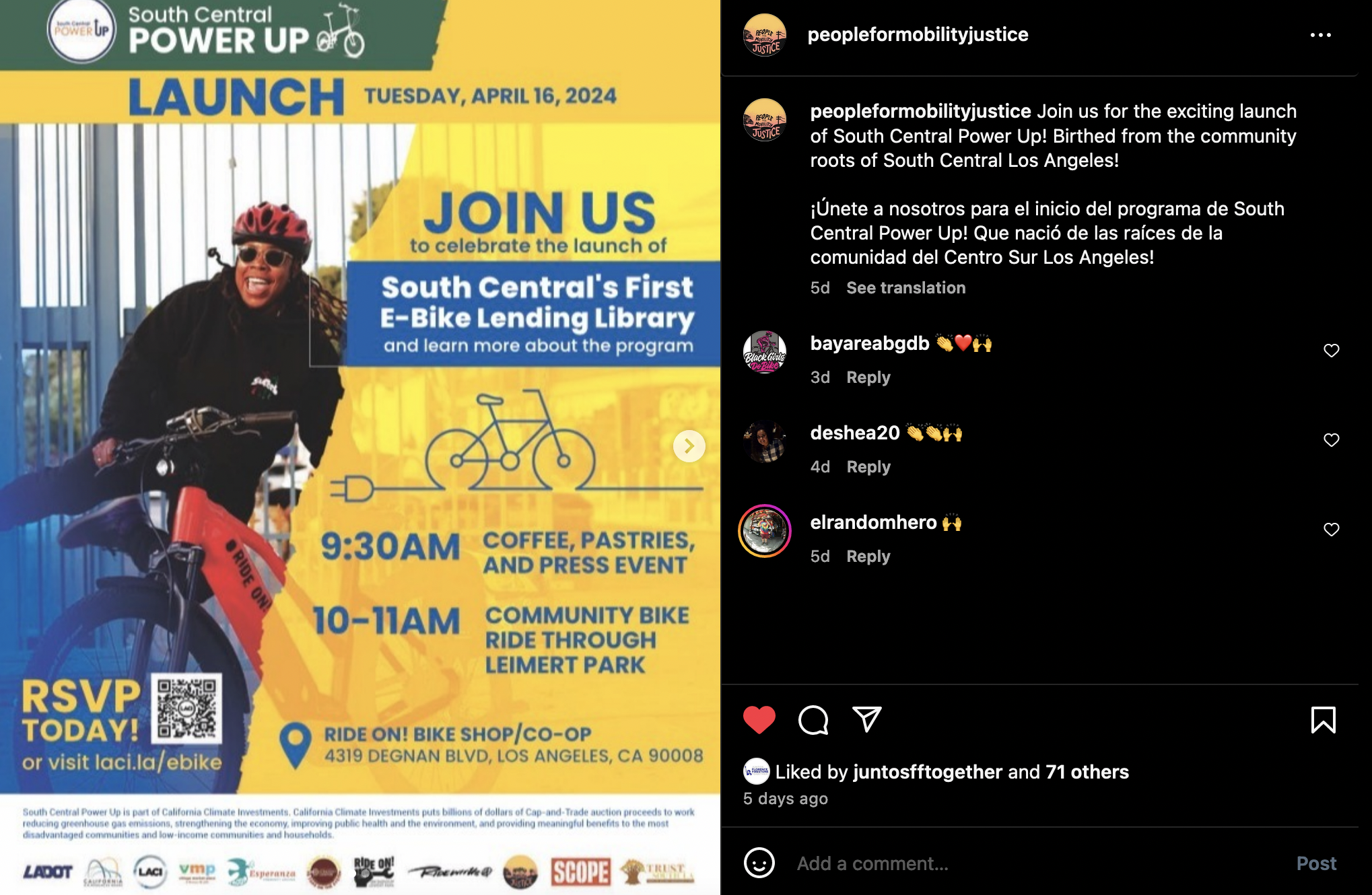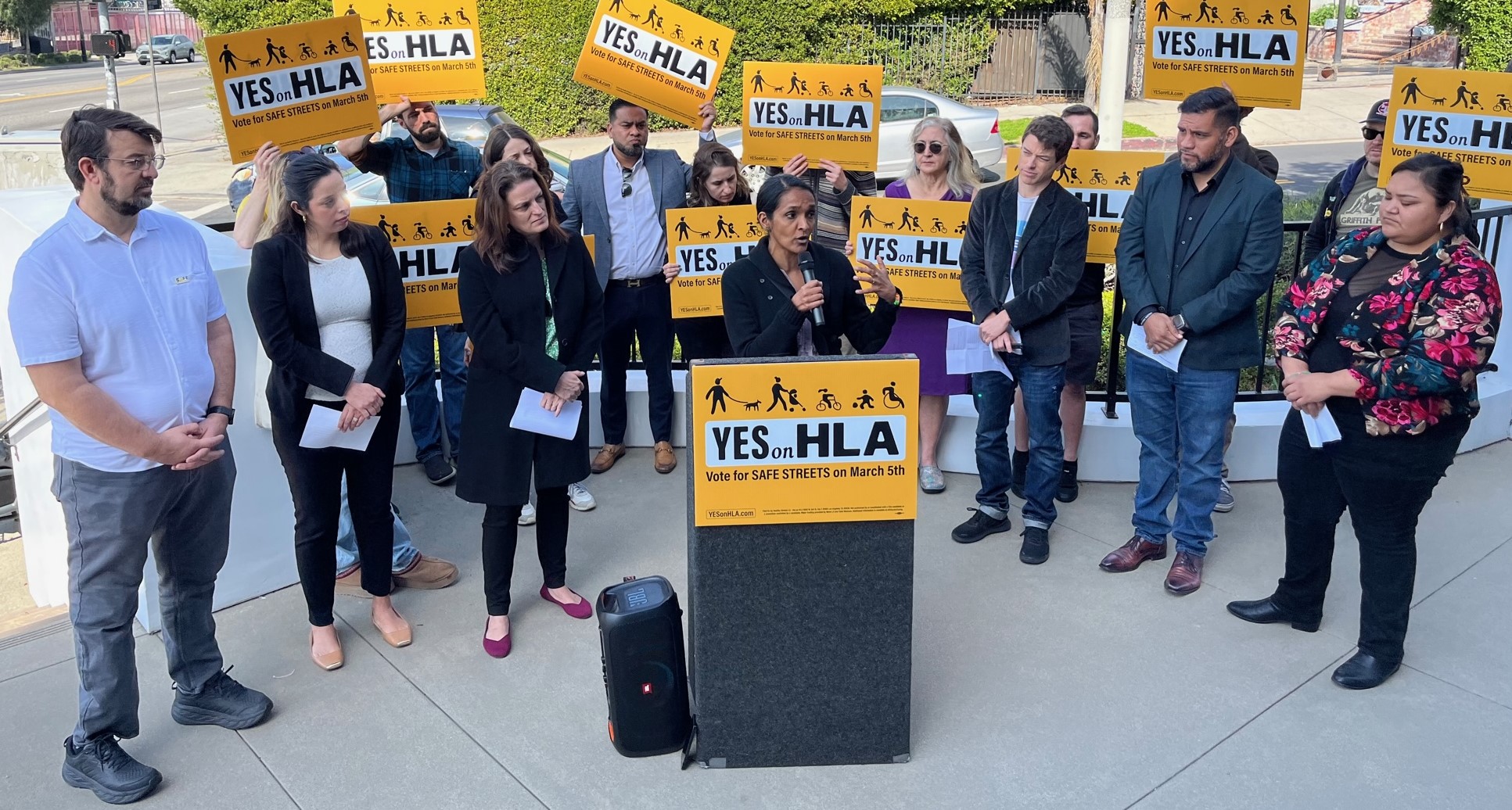Comptroller Chick Slams City’s Take-Home Car Program
10:49 AM PST on January 23, 2009

In a city government who's transportation thoughts are directed in writing love sonnets to the private automobile, it should come as no surprise that the city's "Take-Home Car Program" is little more than an entitlement program for our urban rulers. However, following a scathing report by Controller Laura Chick, Mayor Antonio Villaraigosa made some moderate moves to control this out-of-control city program.
Chick blasted the city for not requiring city officials with take-home cars to have the proper insurance, not having a check on officials use of credit cards to purchase gasoline, that city officials are issued cars without meeting the city's written specifications and the boom of take-home vehicles to the LAPD, which has grown by 40% in the last five years.
You may remember that last year Mayor Villaraigosa brought up the possibility of cutting the car fleet and the City Council reacted as though he were proposing to slash pensions for elected officials and foreclosing on their mortgages.
Nevertheless, perhaps Chick's report will bring about some long-term changes in a city program that does more to promote car usage among city employees than any other. The city owns 1,131 vehicles in its take-home fleet, over three quarters of which are owned by the LAPD. While Chick's reccomendations are a great starting point, don't expect her office to go much farther. Last year she defended the City Council's program of rewarding employees with take-home cars as a "perk" that staffers have grown to expect.
Nevertheless, here are Chick's proposals:
- Cancel the credit cards. If employees need to buy gas in an emergency, they can submit their receipt for reimbursement.
- If City employees can’t produce proof that they have the required insurance, then take the car away. If not, then re-visit the insurance requirements and liability risks to see what makes sense.
- Do a cost-benefit analysis of take-home cars vs. pool-cars vs. mileage reimbursement (using existing consultant dollars in the office of the City Administrative Office).
- Set clearly-defined criteria as to why a vehicle is assigned to a department and/or an individual
Mayor Villaraigosa lept to work, installing the bare minimum of safeguards on the program and ordering further studies. However, any check on an uncontrolled car program was enough for the Daily News to declare that the Mayor was "putting the brakes" on auto use.
He put a freeze on issuing take-home cars and he suspended purchases of most new city vehicles.
Healso ordered officials to verify that those who drive city vehicleshave the proper insurance and halted the use of city credit cards tobuy fuel at noncity facilities.
While these steps are laudable, what is really needed is a complete overhaul of the city's fleet policies. One proposal, which has been mentioned previousley in Streetsblog, would be for the city to basically end it's take-home program and instead support a car-sharing program that would be available to city employees when needed and the rest of the city residents as well. Already a hit in Philadelphia, the program wouldn't just save the city millions of dollars every year and reduce car dependency of city employees; it would also bring car-sharing back to Los Angeles in a signifigant way, a state goal of Council Woman, and Comptroller candidate, Wendy Greuel.
Last year, during a similar debate on the city's vehicle fleet, Soap Box LA had an alternate proposal: the city should begin hiring local:
The City of Los Angeles could reduce congestion as well as its travelexpenses simply by hiring local and encouraging city employees to walk,ride or use transit.
How is it that the Mayor’s first rep toHollywood lived in Palmdale and commuted to Hollywood in order torepresent the Mayor. Are there no people living in Hollywood qualifiedto work for the Mayor? (No word yet on the new rep)
Hollywood ison the Red Line. If the Mayor sends out the signal, his reps can jumpon the Metro and be at City Hall faster than those traveling by singleoccupant vehicle. (SOV)
Take it all the way through the departments! A City Council motionto requiring the General Managers of City Departments to live in thecity has been floating for years with no success. Not even GM’s arerequired to live in the city?
At one point, LADOT had a GM who commuted from home in San Jose to work in Los Angeles.
Howgreat would it be if City Staff actually walked the same streets, usedthe same bus stops, shopped at the same stores and could actuallyrelate to the issues of our unique communities from the inside, notjust from workshops and discussions and hearings.
Whether the city decides to hire local, promote car sharing, or push some other means, if it is serious about controlling this out of control program, that it could provide alternate transportation for city officials used to this "perk." If Villaraigosa's steps yesterday are the end of the story, we can file the Chick report away as another missed opportunity for the Car Culture Capital of America to join 21st Century transportation policy.
Photo: Dugm2/Flickr
Stay in touch
Sign up for our free newsletter
More from Streetsblog Los Angeles
Metro Looks to Approve Torrance C Line Extension Alignment
Selecting the relatively low-cost hybrid alternative should help the oft-delayed South Bay C Line extension move a step closer to reality
This Week In Livable Streets
CicLAvia returns to Venice Boulevard, Metro board committees, L.A. City Council Transportation Committee, Metro budget theater, and more




